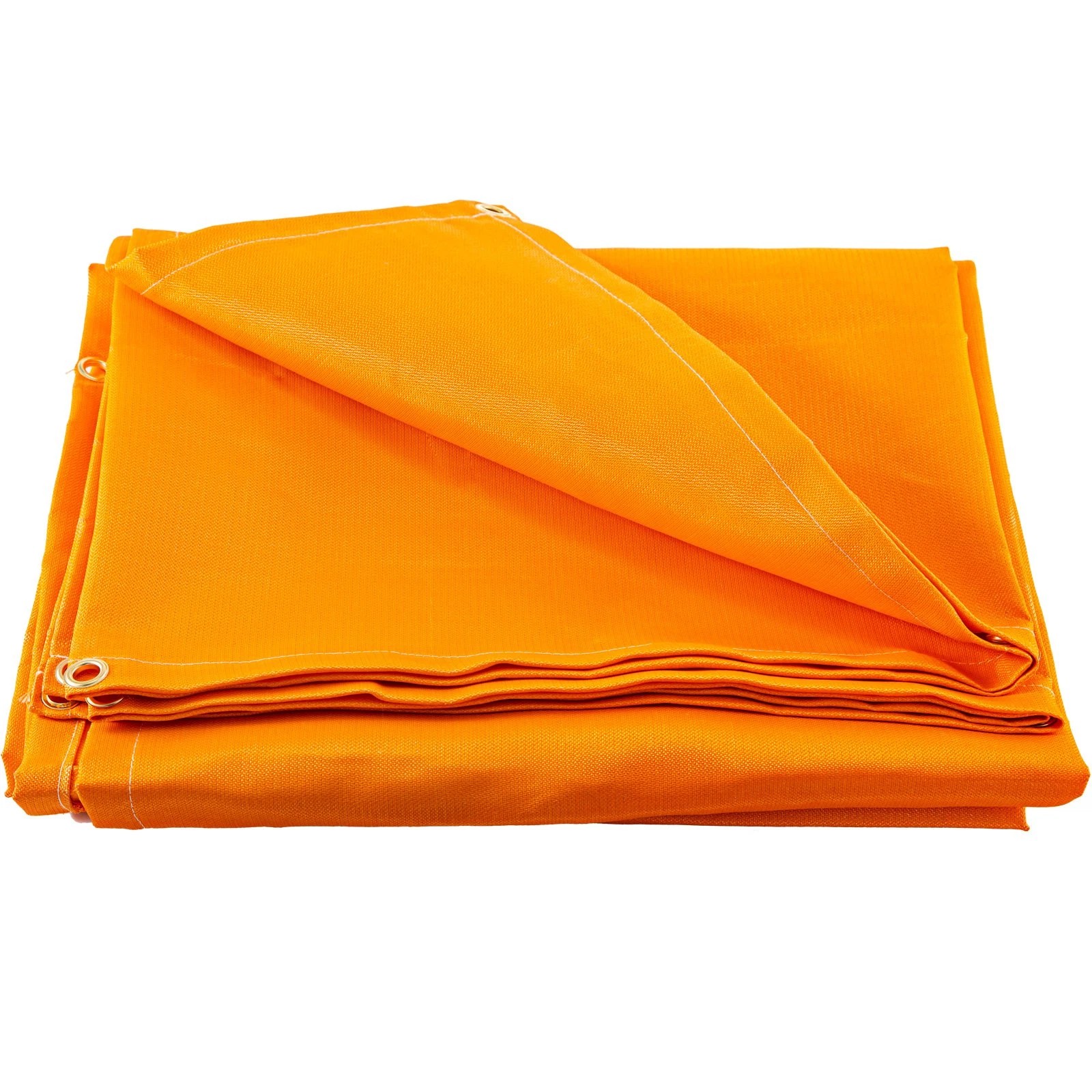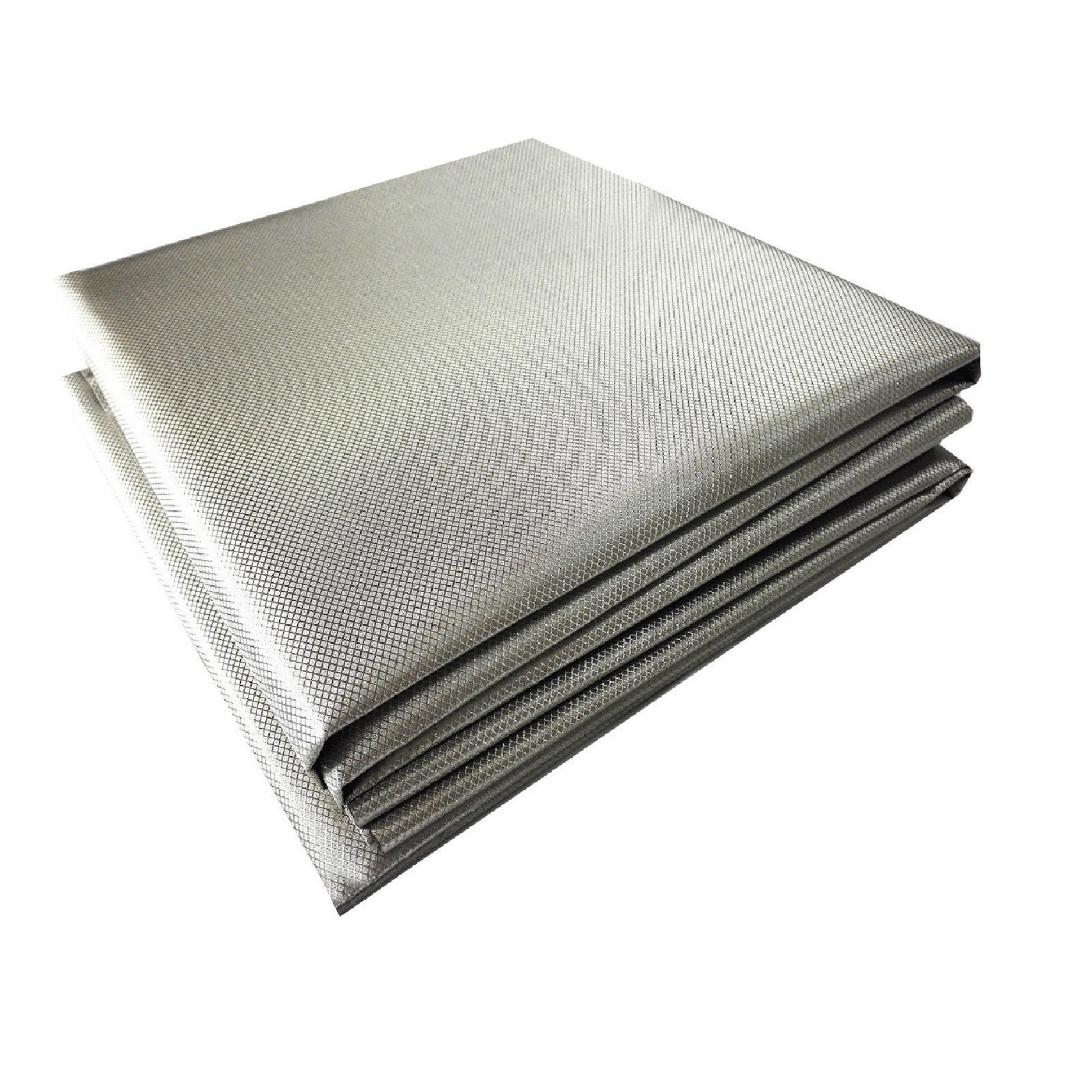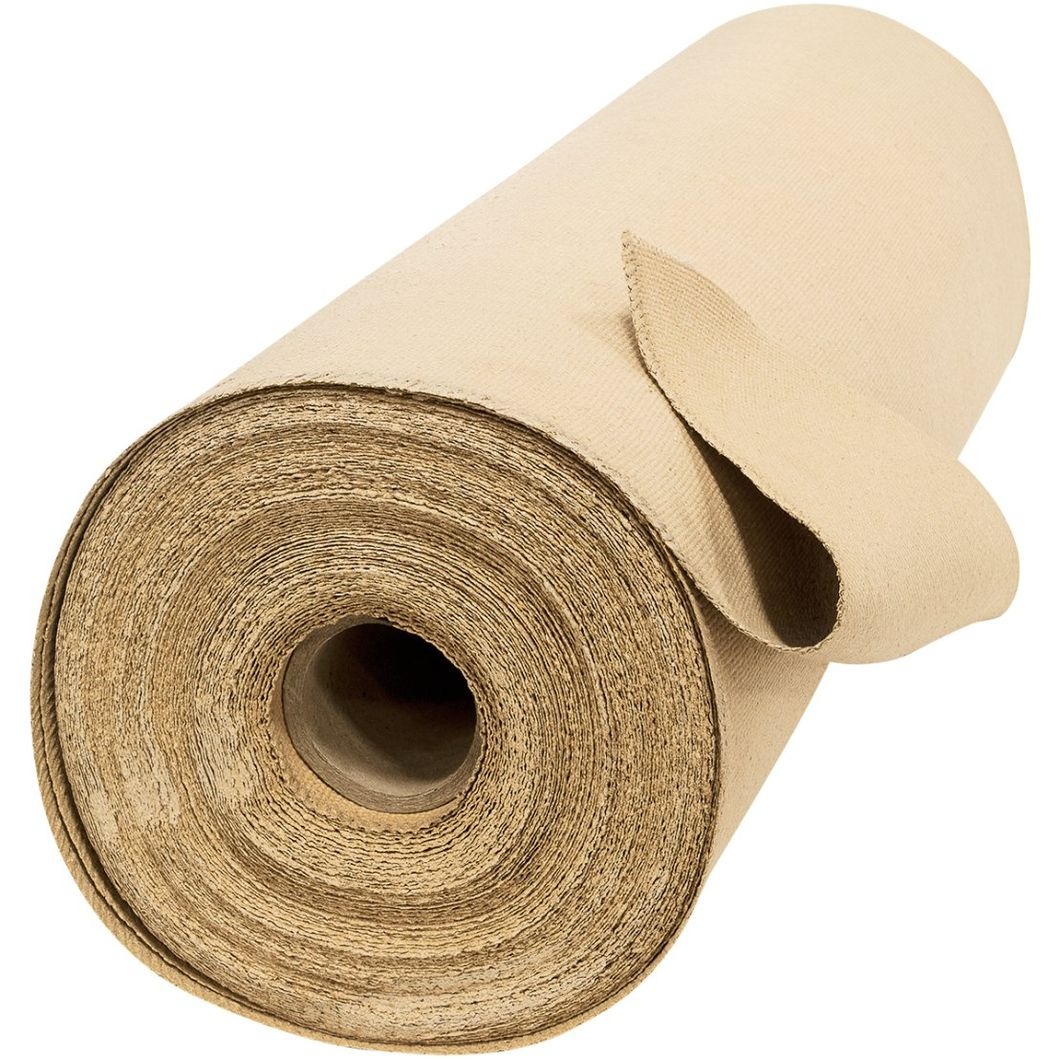Fire Blankets: Your Essential Guide to Home Fire Safety and Emergency Protection
Summary:Fire blankets are crucial safety tools that smother small fires. This guide explains how they work, when to use them, proper techniques, and why every home needs one. You'll learn to choose, store, and maintain fire blankets effectively.
What Are Fire Blankets and How Do They Work?
Fire blankets are specially designed safety devices made from fire-resistant materials like fiberglass or wool. When placed over a fire, they cut off oxygen supply, effectively smothering flames. Unlike fire extinguishers, they leave no mess and are reusable after proper inspection.
You'll typically find fire blankets in kitchens (where most home fires start), workshops, laboratories, and garages. Their compact size (usually 1m x 1m) makes them easy to store in accessible locations. Modern versions come in easy-to-open pouches with quick-release tabs for emergency use.
When Should You Use a Fire Blanket?
Fire blankets work best on:
- Small pan fires (especially grease fires)
- Clothing fires
- Electrical equipment fires (when unplugged)
- Waste bin fires
Never use fire blankets on large fires or chemical fires. If flames reach your ceiling, evacuate immediately and call emergency services. Remember: Your safety comes first.
How to Use a Fire Blanket Correctly
Follow these steps for effective fire suppression:
- Turn off heat sources if safe to do so
- Pull the tabs to release the blanket from its container
- Hold the blanket by the corners with your hands protected behind it
- Place the blanket over the flames completely
- Leave it in place for at least 15 minutes to ensure the fire is out
Practice removing your fire blanket before an emergency occurs. Many manufacturers include practice blankets for training purposes.
Choosing the Right Fire Blanket
Consider these factors when purchasing:
- Size:Standard 1m x 1m blankets work for most homes; larger sizes (1.2m x 1.2m) suit commercial kitchens
- Material:Fiberglass offers best protection; wool blends are more eco-friendly
- Certification:Look for EN 1869 (European) or AS/NZS 3504 (Australasian) standards
- Packaging:Wall-mounted cases provide fastest access; drawer storage works for compact spaces
Maintenance and Care
Inspect your fire blanket monthly:
- Check for damage like tears or holes
- Ensure the container is dust-free and easily accessible
- Replace if used or after 7 years (even if unused)
After use, have a professional inspect the blanket before repacking. Never wash fire blankets - this damages their fire-resistant coating.
Why Every Home Needs a Fire Blanket
Fire blankets offer advantages over extinguishers:
- No maintenance (unlike extinguishers that require regular pressure checks)
- No chemical residue
- Easier for children and elderly to use
- Effective on grease fires where water would spread flames
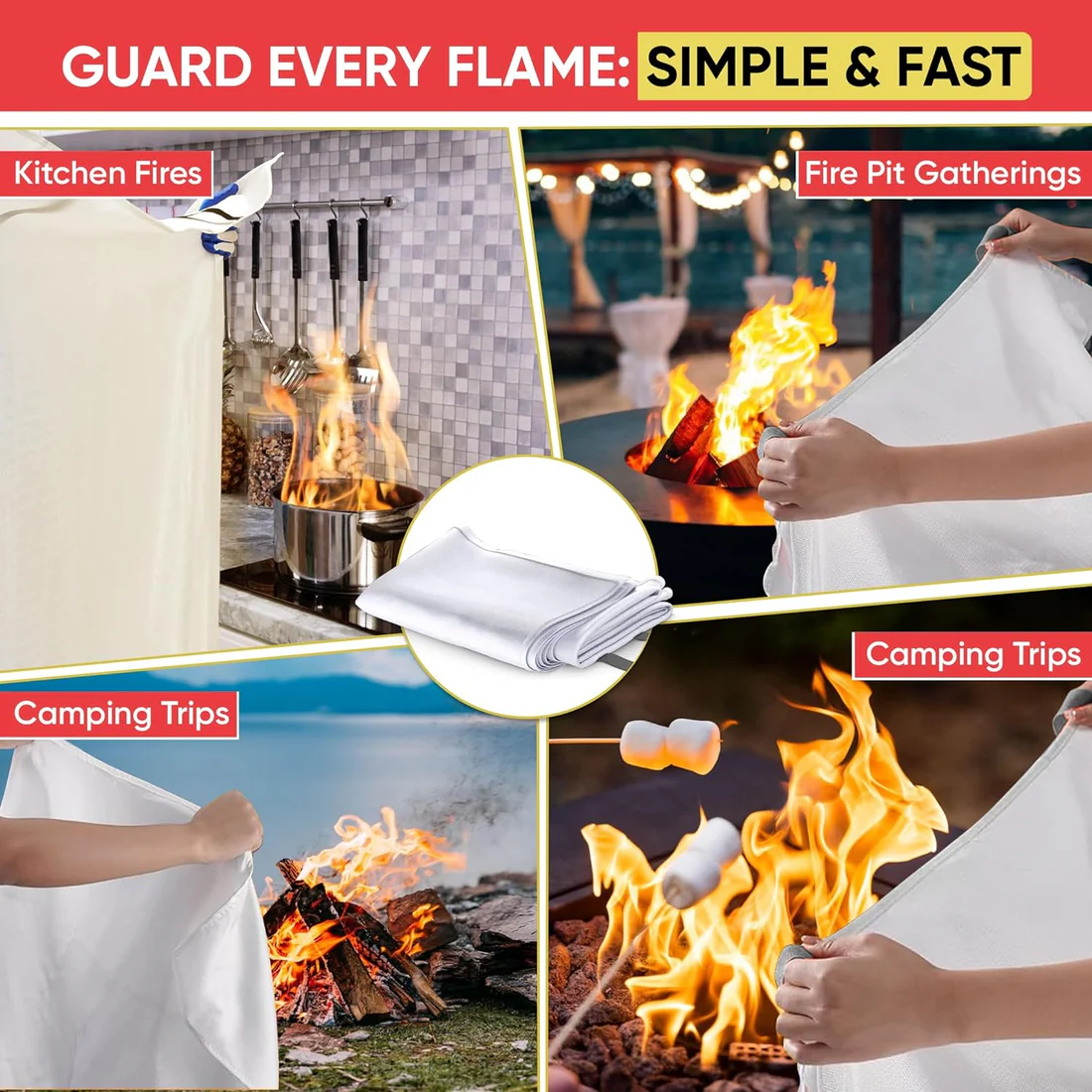
Place one near your kitchen and another near potential fire hazards like fireplaces or workshop areas. Teach all household members how to use them.
Common Myths About Fire Blankets
Myth:"A wet towel works just as well."Fact:Regular fabrics burn quickly and don't smother effectively.
Myth:"Fire blankets are only for kitchens."Fact:They're versatile for any small contained fire, including electrical equipment.
Myth:"Once used, they're useless."Fact:Many can be professionally inspected and reused if undamaged.
Final Safety Tips
Remember these key points about fire blankets:
- Practice using them before emergencies occur
- Never wrap a burning person - have them stop, drop, and roll first
- Keep your blanket accessible - not behind clutter
- Combine with smoke alarms for complete fire protection
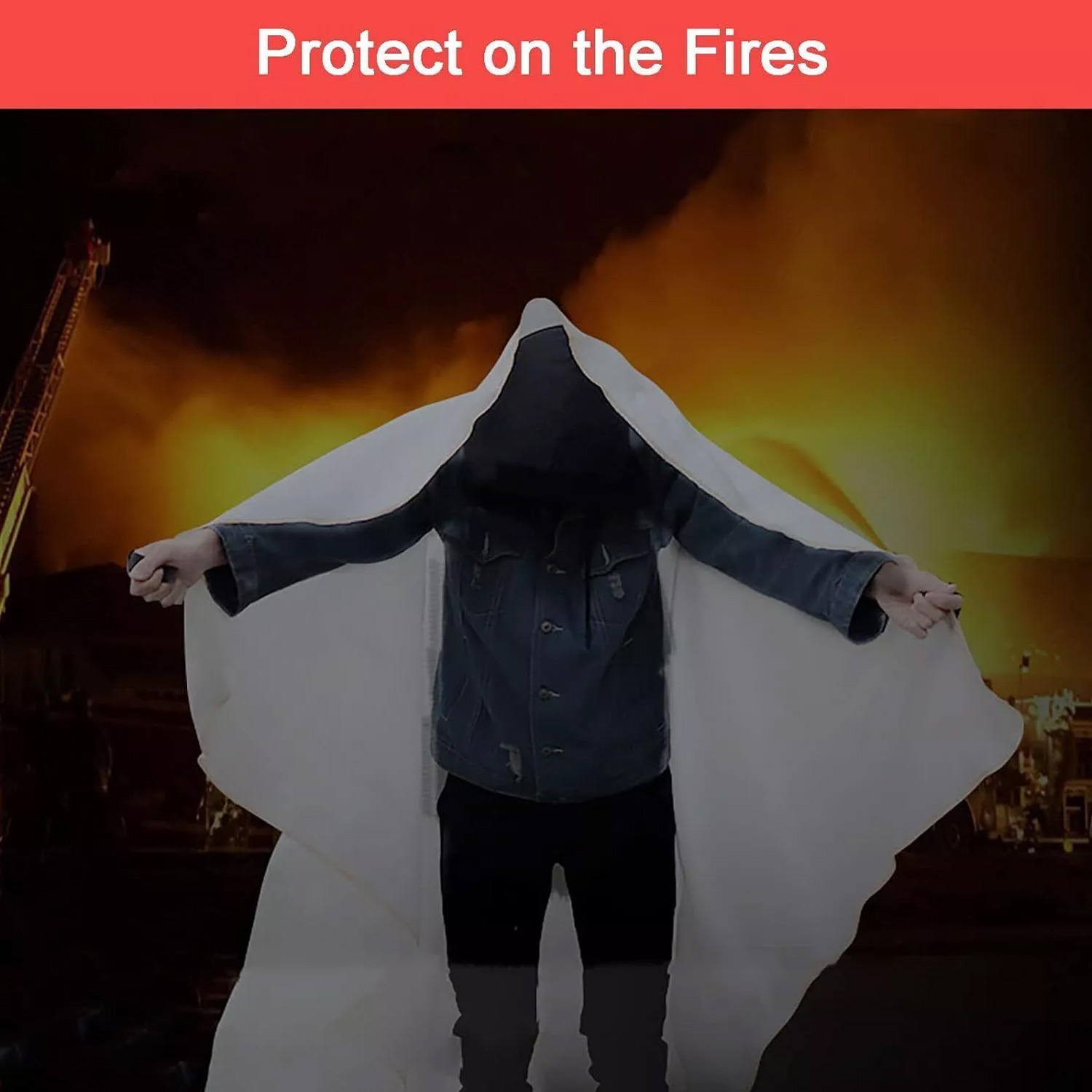
Investing in quality fire blankets gives you peace of mind and could save your property - or lives. They're affordable, effective, and simple to use when seconds count.




